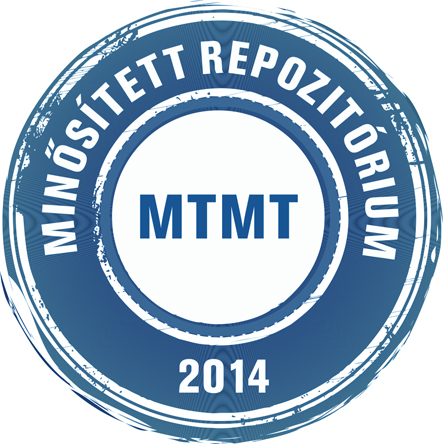Erdélyi Gabriella; Péter Katalin: A titkos házasságról a 15-16. században. In: Acta historiae litterarum hungaricarum, (30). pp. 115-121. (2011)
Előnézet |
Cikk, tanulmány, mű
hist_litt_hung_030_115-121.pdf Letöltés (622kB) | Előnézet |
Absztrakt (kivonat)
The issue of clandestine marriages has been approached, in contrast to other studies, by comparing Catholic and Protestant ways. It seems that the institution of clandestine marriage was generally known and prohibited. Over centuries, Catholics referred to it as the opposite of in conspectu ecclesie marriage, while Protestants did not use the latter definition. The ever repeated. words might have lost their original meaning by then: marriages were celebrated in the church, in the presence of the congregation. Protestants and Catholics differed significantly over the issue of parental. consent: for Protestants, it was the • most important condition of marriage. For Catholics,' the participation of parents was not a constituent of a valid marriage. Was that a difference in social practices or in language? The question needs further investigation.
| Mű típusa: | Cikk, tanulmány, mű |
|---|---|
| Befoglaló folyóirat/kiadvány címe: | Acta historiae litterarum hungaricarum |
| Dátum: | 2011 |
| Kötet: | 30 |
| ISSN: | 0586-3708 |
| Oldalak: | pp. 115-121 |
| Nyelv: | magyar |
| Befoglaló mű URL: | http://acta.bibl.u-szeged.hu/40197/ |
| Kulcsszavak: | Történelemtudomány |
| Megjegyzések: | Bibliogr. a lábjegyzetekben; Ismertetett mű: Gabriella Erdélyi — Katalin Péter: Clandestine marriages in the 15th-16th century |
| Feltöltés dátuma: | 2016. okt. 15. 07:05 |
| Utolsó módosítás: | 2021. ápr. 20. 09:32 |
| URI: | http://acta.bibl.u-szeged.hu/id/eprint/1103 |
 |
Tétel nézet |



